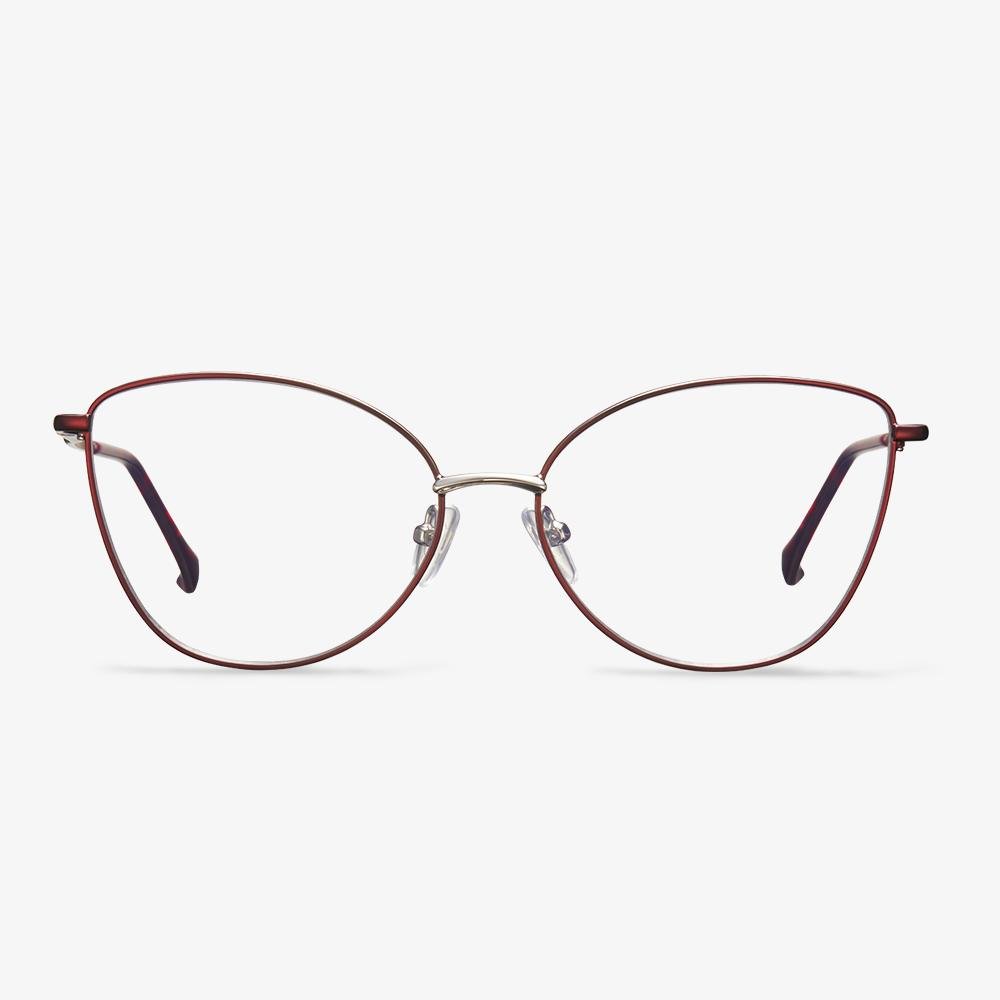Do I need to buy anti-blue light glasses?
Nowadays, mobile phones and computers are used more and more frequently. Whether at work or in life, it is hard to imagine what life would be like without these electronic products. It is impossible to protect the eyes without using these products. Especially on mobile phones, the current LED screen technology has gradually replaced LCD screens, and the self-luminous characteristics have also caused serious fatigue to the eyes, and there is no need to say that blue light is harmful to the eyes. At present, the truly harmful blue light is the wavelength. In the blue light of 400 to 440 nanometers, this blue light easily causes eyesight fatigue. In the case of heavy use, try to reduce the damage to the eyes and protect the eyes, which is also the main reason for motivating consumers to buy anti-blue glasses.
How To Choose Better Night Driving Glasses?
Driving at night has a high accident rate because of poor visibility, blinding headlights, and fatigue. Now the market exists a few main glasses: sunglasses polarizing lenses, Glasses that use or mimic the first generation of patented technology. So how do you compare the options between driving and wearing glasses?
Night driving lens is relatively special compared with daily driving lens, not only to prevent strong light and see the road more clearly. According to the national motor vehicle driver special glasses standards, QBT 2659-2004 daily light transmittance should be more than 8%, night light transmittance should be more than 75%. Be sure to consult customer service. Ask about the situation. Note that a pair of polarized sunglasses are not suitable for use at night, and the light transmittance must reach the national safety standards.
Types of Varifocal Lenses
As is well known, there are several types of varifocal lenses. So, in this section, we will list some the types of varifocal lenses.
Standard varifocal lens: standard varifocal lenses are the entry-level varifocal options and are chosen as an enhanced alternative to bifocals. They have clear and fairly wide focal areas for distance, reading, and in between.
Premium varifocal lens: premium varifocal lenses are also called free form varifocals or back surfaced digital varifocal lenses. It offers much clearer vision at all points and is a significant step up from a standard varifocal lens in terms of vision, clarity, focus, and ease of adapting to them. They are created using the latest computer-driven equipment and have a wider field of vision at the distance, intermediate/in-between, and reading focal points.
Be careful to choose driving sunglasses.
Many people take it for granted that the darker the color, the better its UV protection. The function of filter the ultraviolet ray of the sunglasses is concerned with the film of plating only. Especially for long-distance drivers, wearing sunglasses that are too dark can make eyes more tired. And entering dark areas such as tunnels from the strong sun is more dangerous.
Some drivers are slightly myopic, but when they wear sunglasses, there's a problem: their eyes are more likely to tire and the vision can deteriorate, just like driving at night. So, if the slightly myopic drivers want to wear sunglasses, they must be equipped with a myopic degree of the lens.
Pure titanium spectacle frame
Pure titanium is α-phase titanium containing a certain amount of oxygen, nitrogen, carbon, silicon, iron, and other element impurities. Titanium is an indispensable material for modern aerospace science, marine science, and nuclear power generation, and other cutting-edge science industries. Titanium is 48% lighter than ordinary metals, has strong toughness, acid and alkali resistance, corrosion resistance, high stability, high strength, good elasticity, and other advantages. It is in line with ergonomics. Titanium is non-toxic to the human body and does not have any radiation.
How do drivers wear glasses or sunglasses better?
We should pay attention to the dim light at night on the impact of vision, At night, for the people who wear glasses, it is best not to drive, but to prevent fatigued driving. If you need to drive, you must choose clear and appropriate optical glasses. When the light is strong in the field, it is advocated to wear light-colored sunglasses with appropriate degrees to ensure driving safety. When wearing glasses to drive, for the observation of road conditions, we should focus on the use of the head movement. Do not use eyes to move, to prevent the effect of the prism, especially the patient with high myopia should pay special attention. Shaded sunglasses, coated with reflective material, block out light from above and increase horizontal and lower light, which makes it easier to see the platform. Clip-on sunglasses are suitable for people who wear glasses themselves. You can go straight with a pair of myopic sunglasses for a higher price.
The birth of progressive lenses
In 1907, British optometrist Owen Aves first proposed the concept of progressive lenses and got the first patent of progressive lenses. In 1910, Henry Orford Gowlland designed and made a similar lens in Canada, but technical limitations prevented it from succeeding. In 1959, Bernard Maitenaz, a French optical and mechanical engineer, developed the first progressive lens, which was successfully put into the commercial market for the first time and became a milestone in the history of world optometry. With the development of science and technology, the design of progressive lenses has been greatly developed.


















































